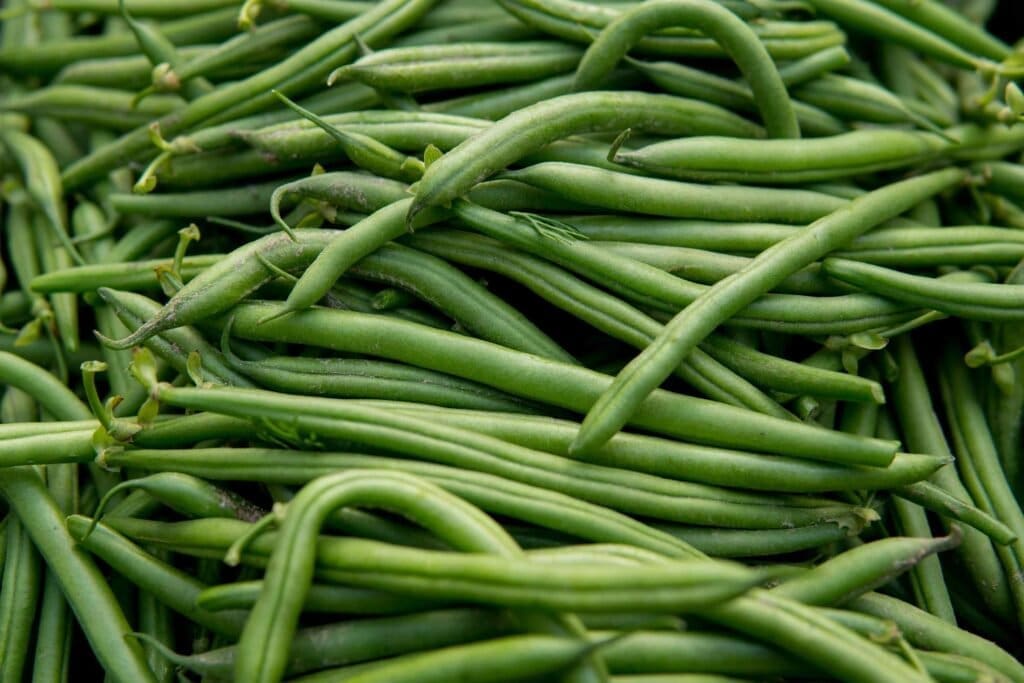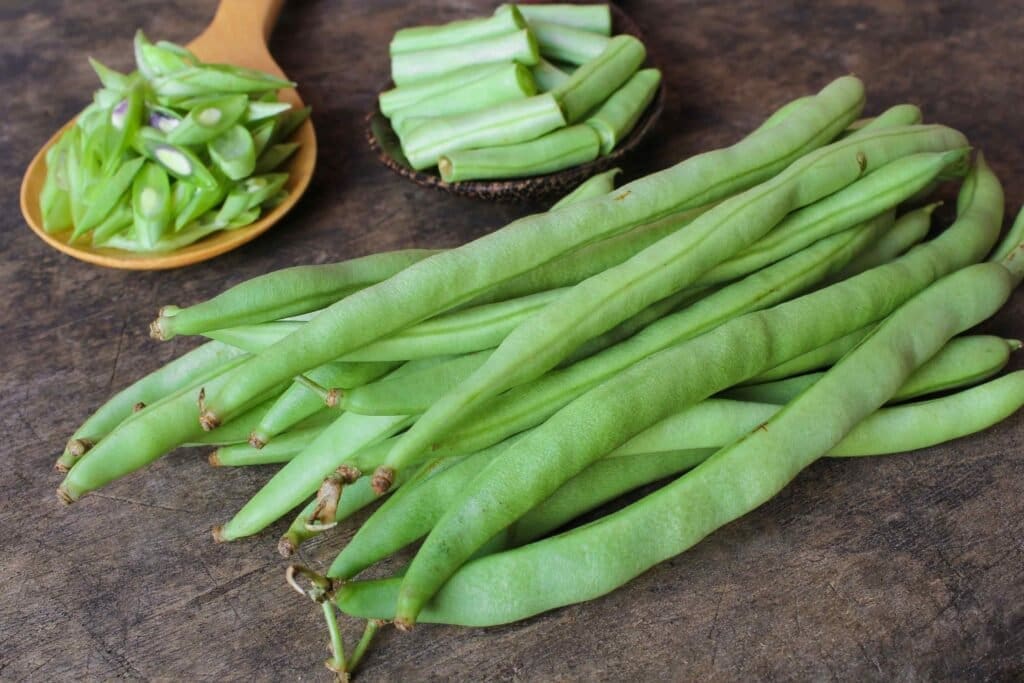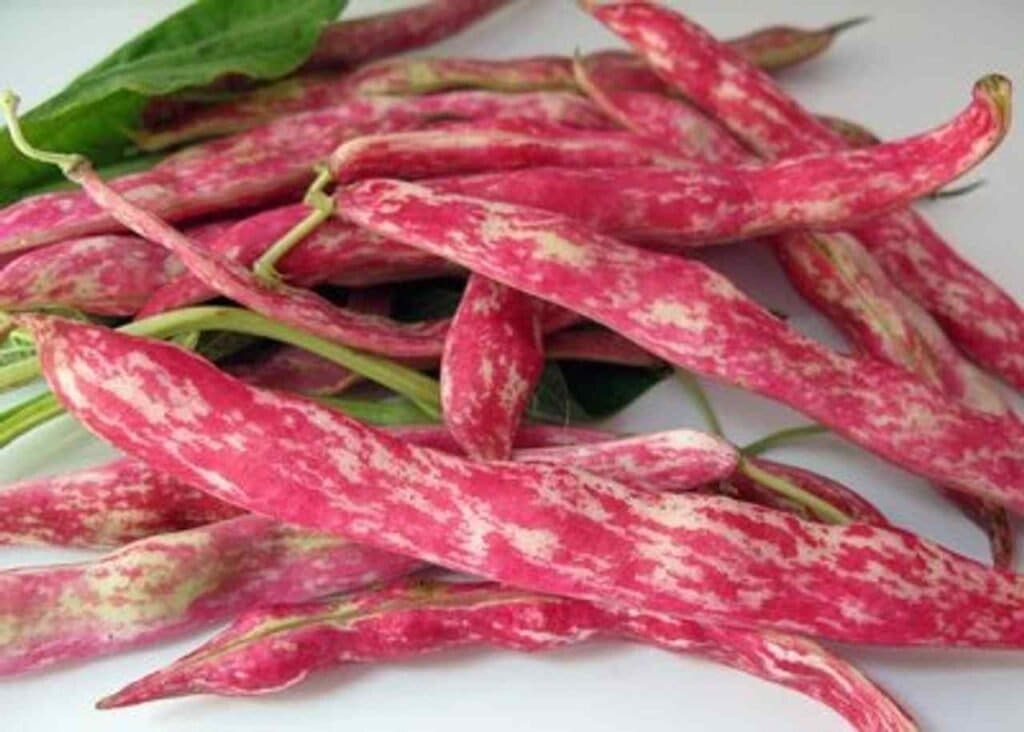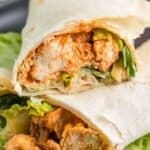Choosing the right green bean variety can transform your pickling game from good to unforgettable.
This guide highlights the top five green beans that promise crisp, flavorful pickles every time. Wondering which beans made the cut? Let’s find out what makes them stand out in the pantry.
1. Blue Lake

Why opt for Blue Lake beans for your pickling projects?
Recognized for their firm texture and classic green bean taste, they stand out as an excellent choice for both canning and pickling.
Opting for a bean that remains firm throughout the pickling process is crucial, and Blue Lake beans meet this requirement with their sturdy pods.
They soak up flavors well, letting the pickling brine impart a delightful tang while keeping their crunch. Additionally, their widespread availability and consistently high-quality yields make them a dependable option for your pickling needs.
Their traditional flavor enhances your pickles, offering a satisfying crunch ideal for snacking or as a complement to meals.
2. Kentucky Wonder

Kentucky Wonder beans are distinguished by their long, slender pods and full-bodied flavor, making them an outstanding selection for those passionate about pickling.
The intensity of their flavor further enhances through the pickling process, adding a vibrant zest to any culinary creation they accompany.
Growing Kentucky Wonder beans for pickling entails choosing young, tender pods to achieve a crunchy, brisk texture in the preserved product.
Their versatility in different environments and resilience against prevalent bean ailments render them a dependable choice for gardeners.
When embarking on the pickling journey, it’s wise to incorporate herbs and spices that amplify their robust flavor profile.
Garlic, dill, and mustard seeds are superb additions, bringing out the inherent qualities of Kentucky Wonder beans and taking your pickling experience to new levels.
3. French Filet (also known as Haricots Verts)

French Filet beans, known too as Haricots Verts, are distinct in their slender shape and delicate texture, which renders them ideal for quick pickling methods.
These beans, unlike their bulkier American green bean relatives, are more effective at soaking up the flavors of pickling brine thanks to their thin skin and smaller stature. This trait ensures that the flavors become more pronounced and are distributed more uniformly throughout the bean.
When engaging in the pickling process, it’s crucial to tailor the concentration of the brine and the duration of pickling to suit their delicate nature, to avoid them turning overly soft.
Perfect for individuals who enjoy a bit of crunch in their pickled vegetables, French Filet beans can retain a firm texture after pickling if watched carefully.
The subtle flavor of these beans, when enhanced by the spices used in pickling, provides a sophisticated twist to the conventional pickled green beans, attracting those with a palate for refined flavors.
4. Dwarf Horticultural

Transitioning from the delicate French Filet beans, the discussion now focuses on Dwarf Horticultural beans, celebrated for their vividly hued pods and substantial texture.
These beans excel in both raw and preserved forms. Their standout characteristics include not only their aesthetic but also their culinary adaptability. Here’s why they’re highly favored:
- Vivid Pods: The beans exhibit an impressive array of colors, enhancing the visual appeal of any dish.
- Substantial Texture: They remain intact through the pickling process, retaining their texture.
- Adaptable Use: Equally suited for enjoying fresh or in preserved forms.
- Rich Flavor: They deliver a depth of taste that’s rare among beans.
- Growth Ease: Thrive in diverse climates, making them attainable for numerous gardeners.
5. Bush Blue Lake

Bush Blue Lake beans, a variant of the well-known Blue Lake, are celebrated for their straightforward growing process and embody all the excellent traits for pickling seen in their traditional counterparts.
These beans eliminate the need for trellises, making them a perfect fit for gardeners dealing with limited space or those preferring an easier gardening approach. Their compact growth makes harvesting simpler.
Regarding pickling, Bush Blue Lake beans retain their crispness and bright green hue, adding to the aesthetic and texture of your pickled creations.
Their taste, a blend of mild sweetness with a touch of earthiness, renders them a flexible ingredient for a variety of pickling recipes. Choosing Bush Blue Lake beans promises a plentiful and gratifying pickling adventure.



